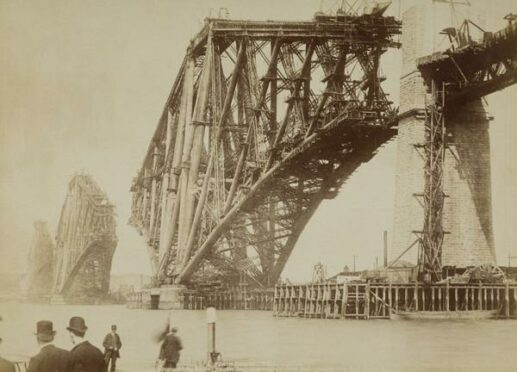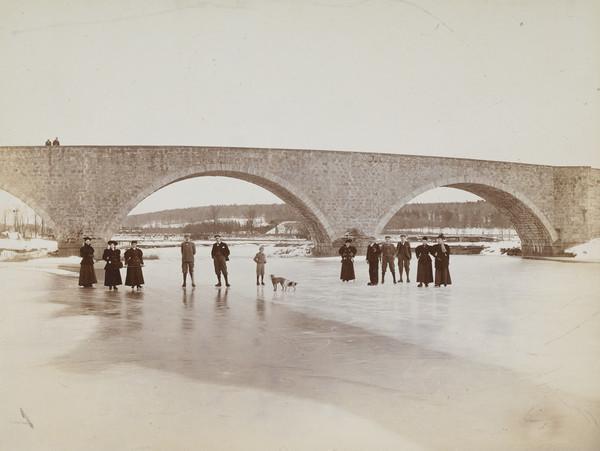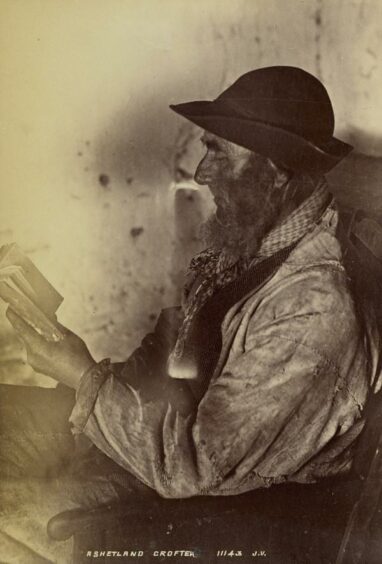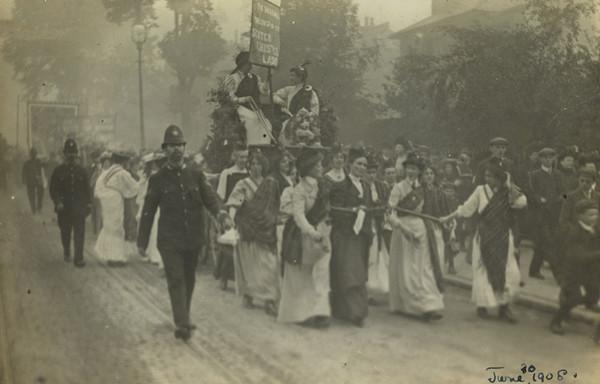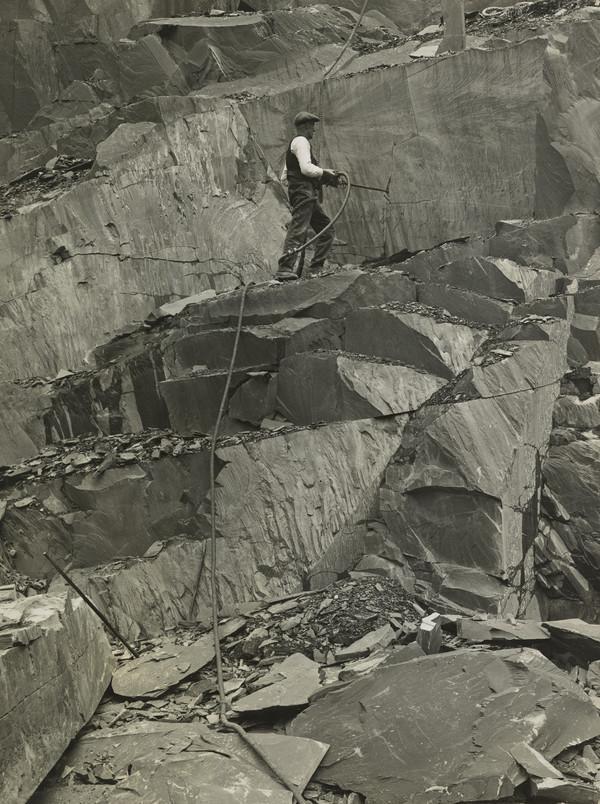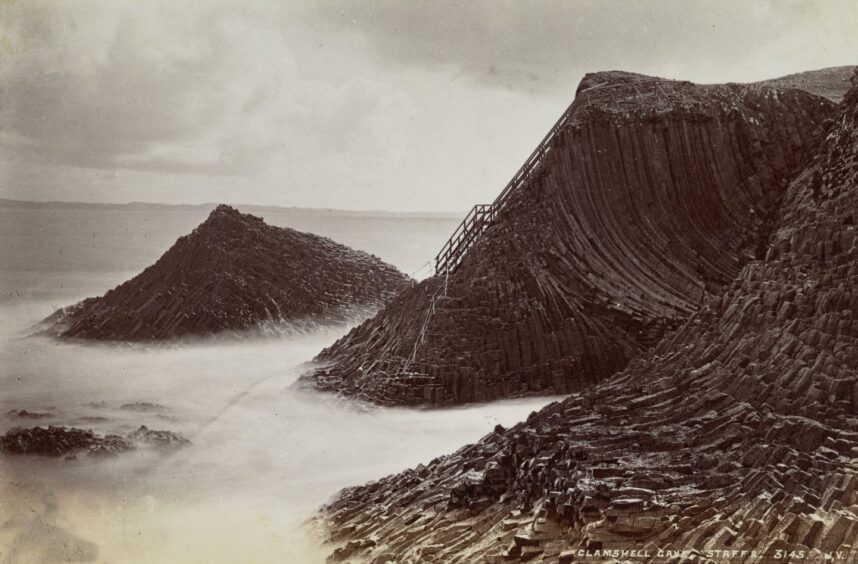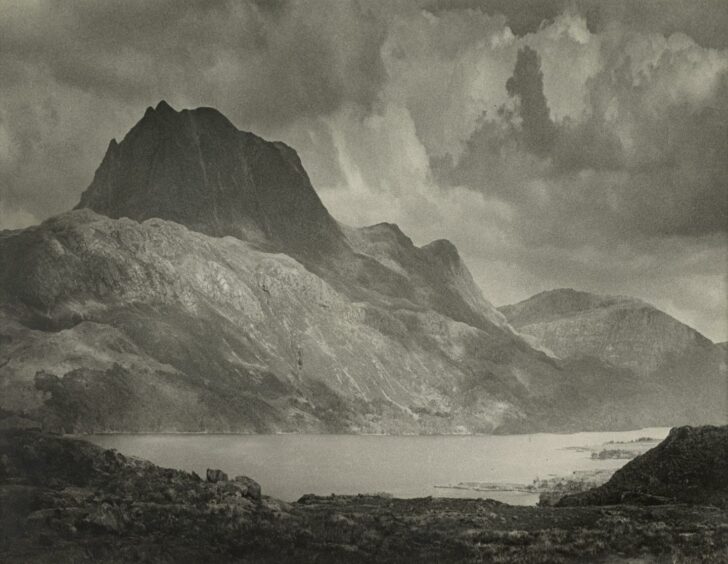He was the Dyce pharmacist with an interest in photography who developed one of the largest treasure troves in Scottish history.
Murray MacKinnon, who has died in Edinburgh, aged 78, after suffering a stroke last year, was fascinated by the work of such pioneers as George Washington Wilson, David Octavius Hill and Robert Adamson, who created remarkable images of Scotland’s people and places in the 19th Century.
And, in 2018, his stunning array of more than 14,000 photos – capturing a century of life at work and play, in cities, towns and the tiniest hamlets, on the river, up in the mountains and at sea in Scotland from the 1840s to the 1940s – was purchased for the nation for £1 million.
This was achieved through a collaboration between the National Library of Scotland and the National Galleries of Scotland.
Mr MacKinnon, who took possession of his first camera as a teenager, was running a pharmacy in Dyce when he began to seriously indulge his passion for photography and explore how it could chronicle a country’s history.
And the north-east man, who established a chain of film-processing stores in the 1980s, was delighted that his vast labour of love was put on public display.
He said three years ago: “The collection covers the day-to-day lives of Scottish people both rich and poor, the jobs they carried out, including fishing and farming, and their social lives, including sport and leisure.
“These were turbulent times, what with industrialisation, shipbuilding, new forms of transport, the social upheaval caused by the First World War in Europe and the Boer War in South Africa.
“The discovery of penicillin and radiography heralded the development of medicine and the pharmaceutical industry in Scotland.
“The more that I looked at these photographs, the more I realised they gave us a picture of what life was like from the 1840s to the 1940s.”
The meticulous work Mr MacKinnon devoted to bringing the vast cache of images together was praised by leading cultural figures in Scotland.
National Librarian John Scally said: “Scotland has a special relationship with photography which dates back to the work of early pioneers such as David Octavius Hill and Robert Adamson in the 1840s.
“The remarkable MacKinnon Collection tracks that unique connection between Scotland and photography through its 14,000 pictures, spanning 100 years.
“It truly is Scotland’s photograph album.”
Many of the artworks in his abundant collection were unique, including daguerreotype portraits and hand-made albums.
And while, understandably, Mr MacKinnon put a heavy emphasis on the north and north-east, he was never parochial in his outlook.
On the contrary, he was an innovative businessman who opened Scotland’s first mini-lab for one-hour processing at his original pharmacy in Dyce.
It proved extremely popular and changed the whole culture from the days when customers would have to wait more than a week to collect their holiday, wedding and other festive snaps after handing them in to be developed.
In 2013 Mr MacKinnon and Richard Oram published a book, The Scots: A Photohistory, that recorded how the craze for photography “ripped through Scotland like a whirlwind after its invention” in 1839.
The work highlighted the triumphs of the age, such as the completion of the Forth Bridge and the stream of vessels that slid down the slipways of the Clyde, but also detailed its injustices, the story of the rural and urban poor, and the Clearances that drove people from rural areas in search of work in the cities or new hope in emigration to the New World.
There were eclectic offerings ranging from pictures of Gordon Highlanders drinking whisky from enamel buckets in the New Year celebrations of 1890 to the remote caves of Staffa resembling scenes from a science-fiction film; and portraits ranging from one of John Logie Baird, inventor of the television, to the golfers of Scotscraig just after the beginning of photography.
There is almost no facet of Scottish life that was not included among the thousands of images amassed by the Aberdonian over four decades.
Mr MacKinnon died on Monday at a care home in Edinburgh, and is survived by his son, Ewan, his sister, Glenda, and his grandchildren, Arran and Brodie.
His funeral will be held at Baldarroch Crematorium in Crathes on Thursday December 9, to which all are welcome.
